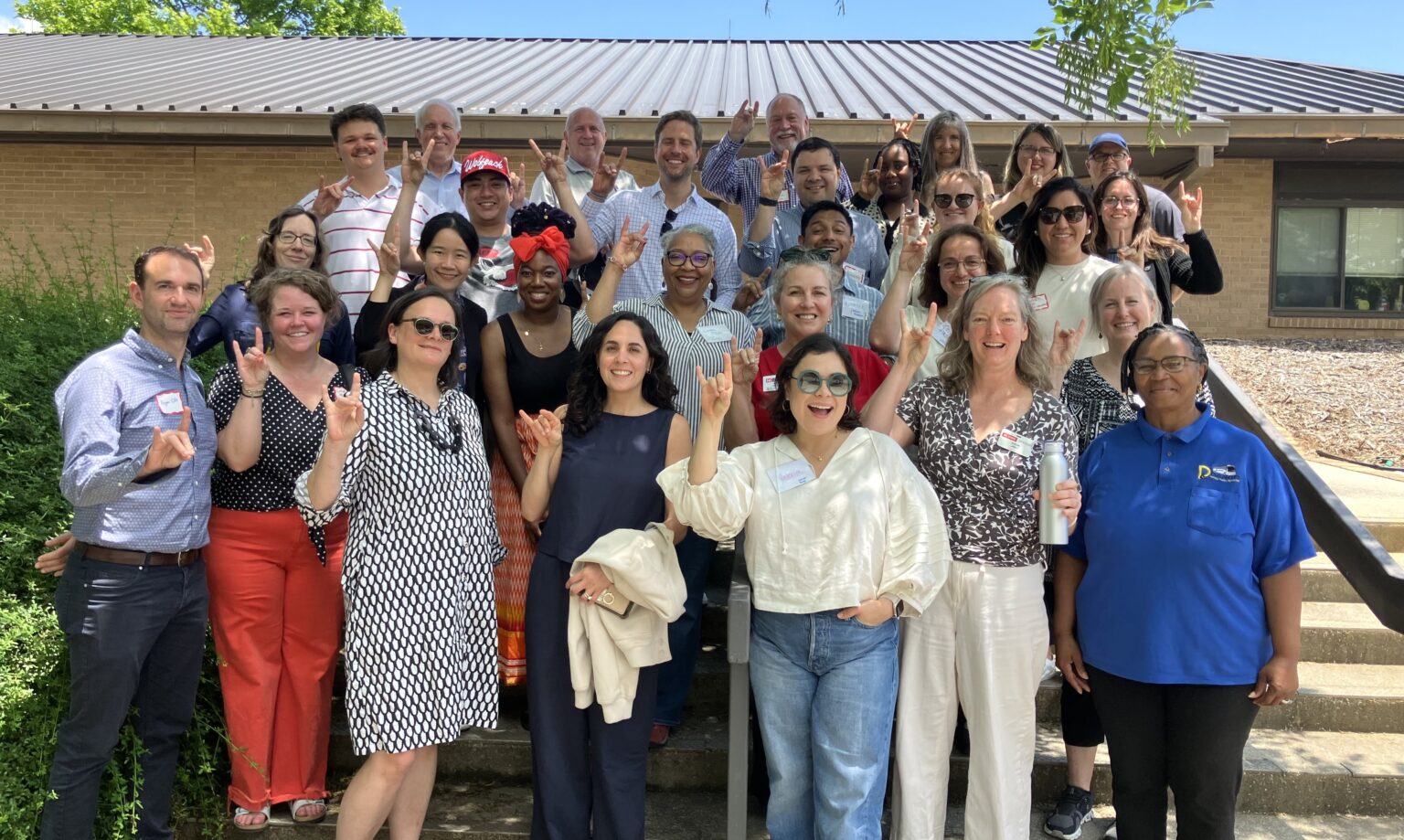Sebastian Heese: Coordinating the Supply Chain

Ever wonder how retailers decide what products make it to their store shelves, or how they determine the mix of store-brand versus national brand products?
The fine balance between variety, availability, pricing and other supply chain factors are among the topics that drive Dr. Sebastian (Seb) Heese’s research and classroom discussions. He joined the supply chain faculty in Poole College’s Department of Business Management as its first Owens Distinguished Professor in fall 2016. Previously, he was dean and SGL Endowed Chair of Supply Chain Management at EBS University, a leading private business school in Germany with locations in Wiesbaden and Oestrich-Winkel.
Heese is not new to the U.S. He received his doctorate in supply chain management from the University of North Carolina at Chapel Hill, and was on the faculty at the Kelley School of Business at Indiana University, Bloomington, before joining EBS.
Broadly, his research aims at increasing the efficiency of production and service operations systems, and often focuses on the interest conflict in decentralized supply chains.
One of his most recent research papers focuses on the give and take between a retailer and its suppliers that is part of determining the terms of trade and the assortment of products carried in the retailer’s assortment.
Assortment Selection Model
Heese and his research colleague’s assortment selection model and analysis produce managerial insights that could not be obtained without including a bargaining perspective on assortment planning. For example, they find that when a manufacturer improves its product, such improvements not only benefit the retailer but might even benefit competing manufacturers. In fact, even improvements to out-of-assortment products can increase the profits of the retailer and certain in-assortment manufacturers, so a manufacturer can benefit from collaborating with judiciously chosen competitors, he said.
In a related paper with a different colleague, Heese studied the manufacturers’ price-setting interactions and how these can be manipulated by a retailer’s assortment strategy. This research shows that constraining the breadth of the assortment has two main effects on retailer profits.
- First, a larger assortment may intensify competitive pressure and decrease prices because manufacturers need to fight harder for market share.
- Second, a smaller assortment may also reduce manufacturer prices, because manufacturers want to ensure that they are included in the chosen assortment, which may lead to higher profits despite lower variety and possibly lower revenues.
These findings also have implications on how retailers communicate their assortment strategy: They should commit to given assortment breadth, but not disclose the identity of the chosen manufacturers.
Heese, who is teaching an MBA course in operations and supply chain management in spring 2017, said that, in the classroom, he stresses structure and a solid understanding of fundamentals.
“Fundamentals and a capability to discern underlying structural patters is much more important than memorization of concepts,” he said. “Students will pick up the buzz words while on the job, but they will never get another shot at developing sophisticated capabilities to analyze complicated problem structures and make good decisions in new and constantly evolving settings.”
While challenging his students, Heese said his approach to teaching is to be engaging and allow fun in the learning process, using a mix of games and simulations.


